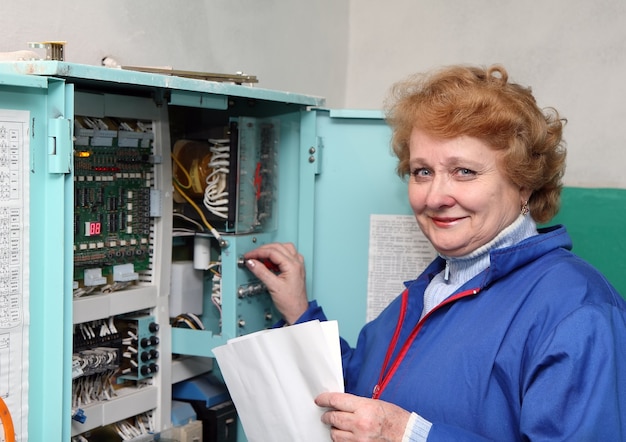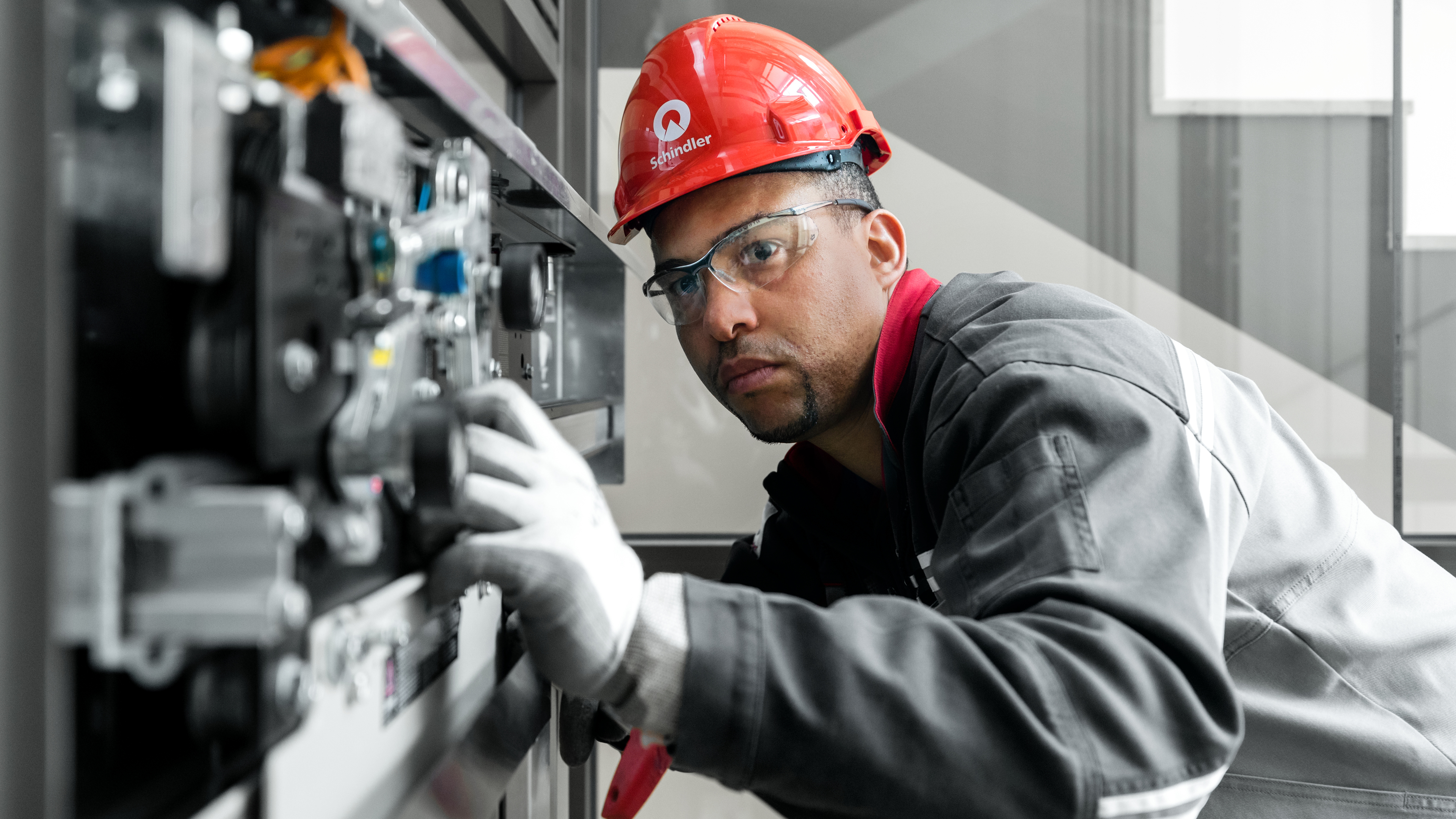Premier Lift Engineer Services for Reliable Maintenance and Fixes
Wiki Article
Checking Out the Comprehensive Steps Required for Lift Maintenance
In the world of structure maintenance, guaranteeing the proper functioning and safety and security of lifts is extremely important. The intricacy of elevator systems requires a meticulous approach to maintenance. From routine evaluations to tactical innovation strategies, an alternative view of upkeep is necessary. However, in the ever-evolving landscape of lift innovation and safety criteria, there are extensive steps that must be diligently complied with to guarantee optimum performance and conformity. By resolving crucial aspects such as positive maintenance routines, safety checks, and emergency situation preparedness, a detailed understanding of the complexities associated with lift upkeep can bring about enhanced performance and safety.Regular Evaluations
When it concerns making certain the longevity and security of your lift system, normal inspections are critical. These regular checks play a crucial role in determining any type of possible concerns prior to they rise into major issues, making sure the smooth and secure procedure of the lift. By conducting regular inspections, maintenance teams can proactively address wear and tear, defective elements, or any other issues that may endanger the lift's efficiency or safety and security.During these examinations, educated professionals extensively analyze various elements of the lift system, consisting of mechanical elements, electrical systems, safety attributes, and overall architectural integrity. By identifying and attending to issues early on, these assessments aid avoid pricey repair work, downtime, or safety and security hazards, inevitably extending the life-span of the lift system and ensuring the wellness of its customers.
Proactive Upkeep Schedules
Implementing positive upkeep timetables is vital for making best use of the effectiveness and long life of lift systems. By adhering to a proactive upkeep strategy, lift owners can deal with prospective concerns prior to they escalate into major troubles, eventually minimizing downtime and pricey repairs. Proactive maintenance includes routine examinations, lubrication of relocating components, testing safety attributes, and changing used elements. These set up upkeep jobs not only help in avoiding break downs however likewise add to preserving the lift's performance at ideal levels.A well-structured proactive maintenance schedule should lay out details jobs, frequencies, and responsible employees. It is crucial to adhere to maker suggestions and industry standards when developing these routines to guarantee the lift operates securely and effectively. Additionally, recording maintenance activities and maintaining comprehensive documents can supply important understandings into the lift's performance with time, helping in determining patterns and making informed maintenance choices.

Security Compliance Checks
Making certain security compliance via complete checks is critical in keeping lift systems' dependability and safeguarding customer wellness. Safety compliance checks involve a detailed evaluation of numerous components, consisting of electric systems, mechanical parts, emergency situation brakes, doors, and other essential safety attributes. These checks are vital to recognize any prospective hazards or malfunctions that can compromise the lift's operation and placed users at danger.Normal safety compliance checks need to be carried out by certified service technicians in adherence to sector laws and requirements. These checks aid in spotting problems beforehand, allowing for timely repair services and preventative maintenance steps to be carried out. Maintaining thorough documents of safety compliance checks is important for tracking the lift system's performance over time and demonstrating compliance with security policies.
Devices Upgrades and Modernization
Enhancing lift systems through tools upgrades and innovation is vital for improving efficiency and safety and security requirements in vertical transportation. As modern technology breakthroughs, older lift systems may become obsolete, causing decreased integrity and prospective safety threats. By buying devices upgrades and innovation, structure proprietors can guarantee that their lifts meet existing industry criteria and guidelines.
Along with functional benefits, devices upgrades and modernization tasks can also improve the visual appeals of the lift, giving a more attractive and modern-day experience for passengers. Eventually, spending in lift upgrades and modernization is a positive strategy towards making sure the long life, security, and efficiency of vertical transportation systems.
Emergency Situation Readiness Preparation
An effective emergency readiness strategy is crucial for making sure the safety and security and speedy response in situation of unforeseen cases involving lift systems. Emergency situation preparedness planning for lift systems includes a methodical technique to minimize threats, ensure passenger security, and lessen downtime throughout emergency situations.Trick parts of an emergency situation readiness strategy for lifts consist of clear interaction protocols, normal training for lift operators on emergency treatments, and regular drills to evaluate the performance of the strategy. lift and engineering services. Furthermore, the plan ought to describe particular functions and obligations for all stakeholders included, including building management, maintenance employees, and emergency situation -responders
In case of a lift malfunction or entrapment, having a well-defined emergency strategy can assist in collaborating a efficient and punctual feedback to make certain the safety and well-being of guests. Prompt communication, access to emergency situation devices such as communication devices and emergency situation illumination, and knowledge of evacuation treatments are necessary elements of a comprehensive emergency situation preparedness prepare for lift systems. By prioritizing emergency situation preparedness preparation, structure managers can boost the general safety and integrity of their lift systems.
Final Thought
In conclusion, the thorough procedures required for lift maintenance include normal evaluations, aggressive upkeep routines, safety conformity checks, equipment upgrades and modernization, and emergency situation preparedness planning. These procedures are crucial for guaranteeing the safety and security, dependability, and efficiency of lifts in different settings. By carrying out these steps, lift proprietors can minimize the danger of accidents, prolong the life-span of their equipment, and abide with industry guidelines.
Throughout these inspections, trained specialists thoroughly analyze numerous aspects of the lift system, including mechanical parts, electric systems, safety functions, and total structural honesty.Making sure safety and security compliance with detailed checks is critical in preserving lift systems' integrity and safeguarding user wellness. Maintaining thorough records of safety compliance checks is vital for tracking the lift system's performance over time and demonstrating compliance with security guidelines.
By focusing on emergency situation readiness preparation, structure supervisors can boost the overall safety and reliability of their lift systems.
Report this wiki page